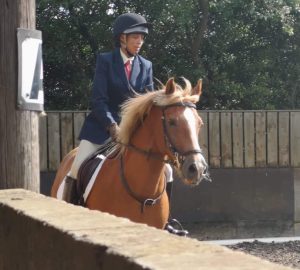Understanding and Managing Separation Anxiety in Dogs
Separation anxiety is one of the most challenging behaviour problems to address in dogs. Successful modification requires the owner to be consistently present during a lengthy process. Although it is difficult, resolving separation anxiety is critical, as it is a leading cause for dogs being rehomed or surrendered to shelters.
Just like humans, dogs have a need to form social attachments. While many learn to cope with a person’s absence, some dogs become extremely anxious when left alone and display classic signs of anxiety, including:
- Excessive vocalisation (barking)
- Whining and crying
- Panting
- Pacing and restlessness
- Drooling
- Vomiting
- Chewing
- Destroying doors and windows
- Eating through walls
Causes of Separation Anxiety
Separation anxiety can stem from various sources, including a history of abandonment and genetic predispositions. These issues can quickly develop into deeply rooted problems that are challenging to change.
Differentiating Separation Anxiety from Boredom
Before creating a treatment plan, it is essential to determine whether your dog is suffering from separation anxiety or simply trying to relieve boredom when left alone. By considering different breeds and their original purposes, along with their personality traits, you can better understand their exercise needs. Setting up a video camera to observe your dog while you are away can provide a more accurate assessment.
Dogs with separation anxiety often cause significant destruction, particularly around windows, doors, or objects belonging to the owner, such as sofas or shoes. Anxious dogs chew these items because chewing releases pleasurable endorphins that promote a sense of calm. Although it can be frustrating to come home to such destruction, avoiding physical or emotional punishment is crucial, as these methods are ineffective and can increase the dog’s anxiety.
Modifying Separation Anxiety
Addressing separation anxiety requires a multi-faceted approach. Here are some essential steps to follow:
- Exercise and Mental Stimulation
- Exercise: Regular exercise is a potent stress reliever. Aim for at least one hour of exercise daily, especially before your departure.
- Mental Stimulation: Engaging your dog in learning new commands, such as “sit” and “stay,” or having them work for treats, activates the brain’s learning centre, and helps deactivate the emotional centre responsible for anxiety.
- Minimize Departure and Return Fuss
- When leaving and returning, make minimal fuss to help your dog cope better with your departure.
- Create a Similar Environment
- Leave lights on and play the TV or radio to mimic the environment when you are home.
- Desensitize Departure Triggers
- Make subtle changes to your routine, such as placing your keys in a different spot or putting on your coat at different times. Dogs are highly sensitive to routines, and these changes can help them see departure triggers differently.
- Practice leaving and returning immediately, without making a fuss. Gradually increase the time you are away as your dog becomes more comfortable.
- Introduce New Toys
- Introduce a new toy, such as a kong filled with tasty, safe treats, while you are present. Ensure your dog develops a positive association with the toy before leaving it with them. This technique can help keep your dog focused on the toy rather than your absence, especially in the later stages of desensitization.
Conclusion
With diligent application of these methods, treatment for separation anxiety can be highly effective. An anxious dog can transform into a calm, content companion with time and effort.
For more detailed advice and personalised guidance, please do not hesitate to contact our team.






